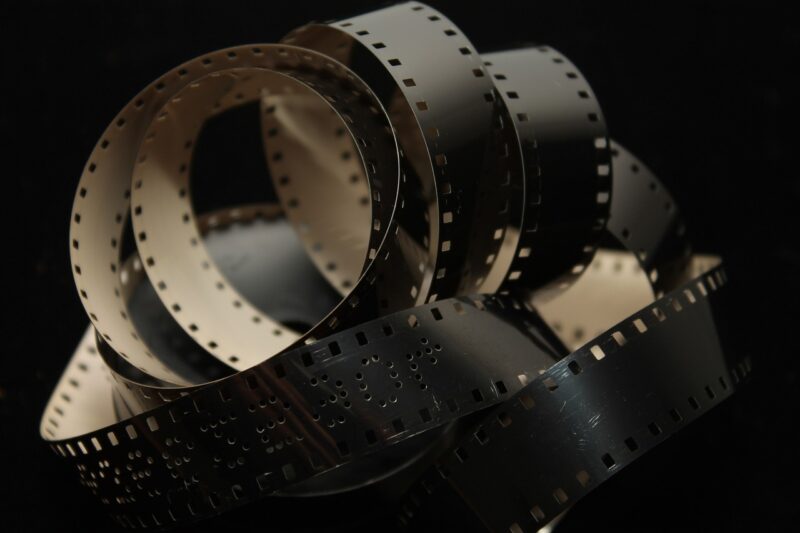
The world of cinema is a vivid tapestry woven with the artistic expressions of directors, actors, cinematographers, and countless others. Since the inception of moving images, movies have not only entertained but also influenced culture, technology, and storytelling. This article delves into the evolution of filmmaking techniques, storytelling styles, and technological advancements that have shaped the cinematic landscape over the decades.
1. The Birth of Cinema (1890s – 1910s)
The journey of film began in the late 19th century with the invention of motion picture cameras. Thomas Edison’s Kinetoscope and the Lumière brothers’ Cinématographe were pivotal in making moving pictures a reality. The earliest films were short and silent, often documenting everyday life or stage performances.
- Innovative Techniques: As the format grew, filmmakers like Georges Méliès introduced narrative storytelling and special effects, evident in films such as “A Trip to the Moon” (1902). Prolonged narratives began to emerge, allowing filmmakers to experiment with genres and techniques.
- Silent Era Stars: Icons like Charlie Chaplin and Buster Keaton showcased the power of visual storytelling, relying on slapstick comedy and physical humor to transcend language barriers.
This foundational period set the stage for cinema’s evolution, introducing audiences worldwide to the magic of film.
2. The Golden Age of Hollywood (1930s – 1950s)
The 1930s brought the advent of sound, forever transforming cinema with the release of “The Jazz Singer” (1927), the first synchronized sound film. The movie industry burgeoned, leading to the Golden Age of Hollywood, characterized by glamour, musicals, and classic storytelling.
- Cinematic Techniques: Filmmakers embraced techniques such as deep focus cinematography and elaborate set designs, creating immersive worlds. Directors like Orson Welles revolutionized filmmaking with “Citizen Kane” (1941), introducing new narrative structures and cinematography styles.
- Colors and Genres: The introduction of Technicolor enhanced the visual experience, making musicals and fantasy films more captivating. Iconic films like “The Wizard of Oz” showcased bold colors that drew audiences into fantastical worlds.
During this era, Hollywood solidified its reputation as the epicenter of filmmaking, producing timeless classics that endure today.
3. The Rise of Blockbusters and New Cinematic Styles (1960s – 1980s)
By the 1960s, cinema experienced a seismic shift with the rise of blockbusters, driven largely by films like “Jaws” (1975) and “Star Wars” (1977). This era marked the birth of modern franchise filmmaking and the summer blockbuster phenomenon.
- Directorial Innovation: Filmmakers like Francis Ford Coppola and Martin Scorsese pushed narrative boundaries with ambitious storytelling in movies like “The Godfather” (1972) and “Taxi Driver” (1976). The incorporation of personal and political themes resonated with audiences.
- Advancements in Technology: The development of practical effects and computer-generated imagery (CGI) allowed filmmakers to create extraordinary visual experiences. Movies like “Tron” (1982) explored the potential of digital effects, paving the way for future innovations.
This transformative period not only redefined what films could achieve but also set the stage for future advancements in the industry.
4. The Digital Revolution and New Media (1990s – 2000s)
The late 1990s and early 2000s ushered in the digital era, significantly changing how films were made, distributed, and consumed. Digital cameras replaced traditional film, leading to a surge in independent filmmaking and a diversification of stories.
- Digital Filmmaking: Directors embraced digital technology, leading to films like “The Blair Witch Project” (1999), which showcased how low-budget digital filmmaking could captivate audiences. This era democratized filmmaking, enabling aspiring directors to share their vision.
- New Distribution Channels: With the rise of the internet, platforms like YouTube and streaming services began to change how audiences accessed content. The ability to stream films online propelled the growth of non-traditional storytelling formats, such as web series.
This digital transformation allowed for a diverse array of voices and narratives to flourish in the industry.
5. Streaming Era and the Future of Cinema (2010s – Present)
The 2010s heralded the streaming revolution, permanently altering how films are produced, marketed, and consumed. The industry witnessed a seismic shift with platforms like Netflix, Hulu, and Amazon Prime becoming vital players in movie distribution.
- Content Overload: The sheer volume of content available has led to new opportunities for creators but also fierce competition. Streaming platforms have resulted in the blending of traditional film and television storytelling.
- Diversity in Storytelling: Audiences can now explore stories from diverse cultures and voices that were previously underrepresented in mainstream cinema. Films like “Parasite” (2019) have achieved unprecedented success, symbolizing a shift toward inclusive storytelling.
Technology continues to evolve, with developments in virtual reality (VR) and augmented reality (AR) leading to innovative storytelling formats. The future of cinema is bright, filled with potential and exciting advancements.
6. Conclusion: The Ever-Evolving Landscape of Film
Cinema has undergone a remarkable transformation since its inception, continually adapting to changes in technology, society, and artistic expression. As we look to the future, the interplay between technology and storytelling will only deepen, challenging filmmakers to push boundaries and explore new horizons.
The journey of filmmaking reflects our collective culture, and as technology progresses, so too will our understanding of what cinema can achieve. From the silent shorts of the early 1900s to today’s sophisticated digital narratives, the evolution of film remains a testament to human creativity and imagination.








